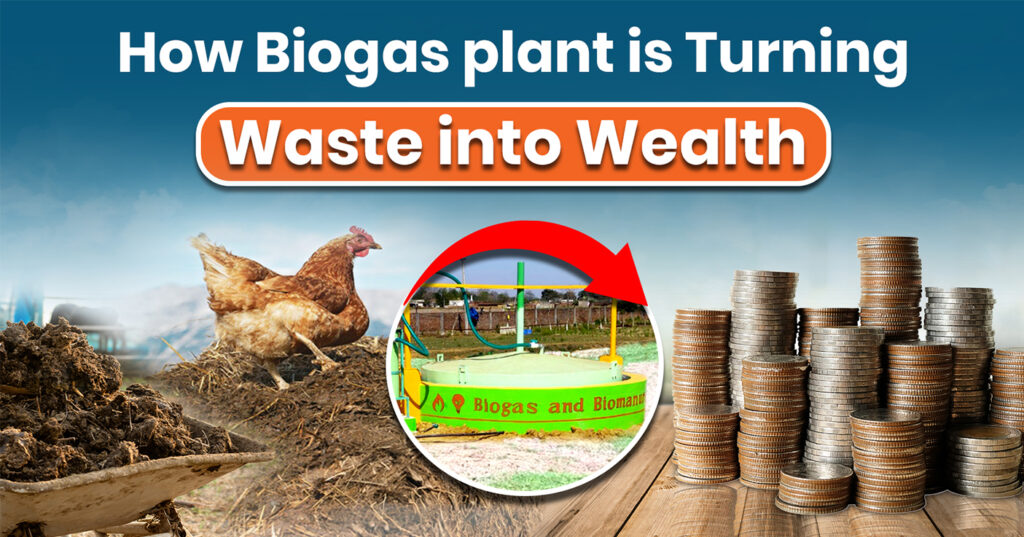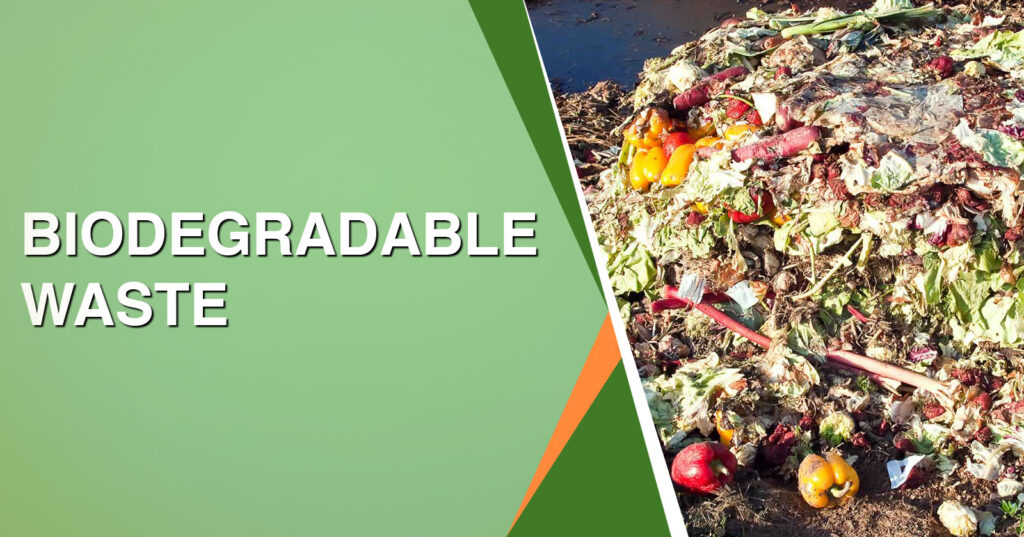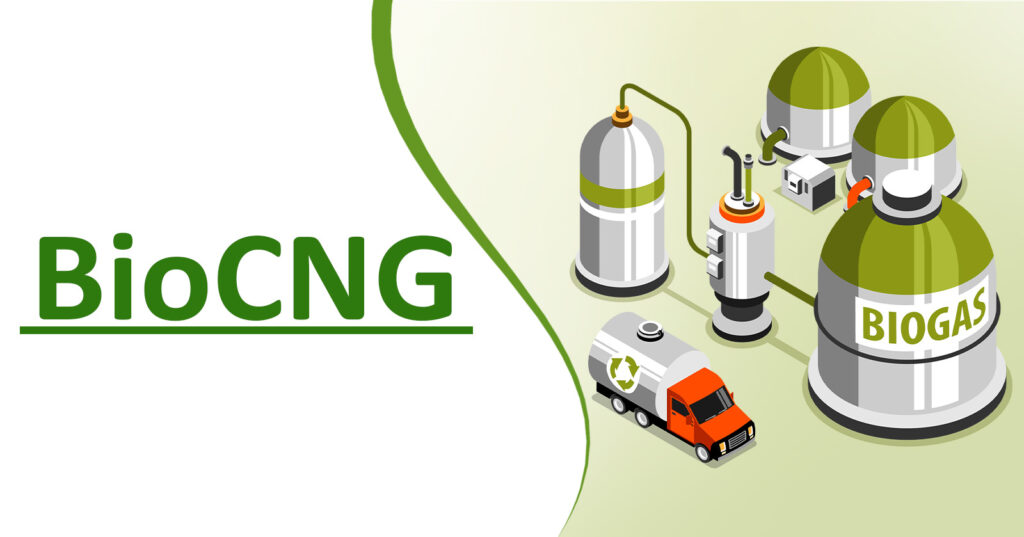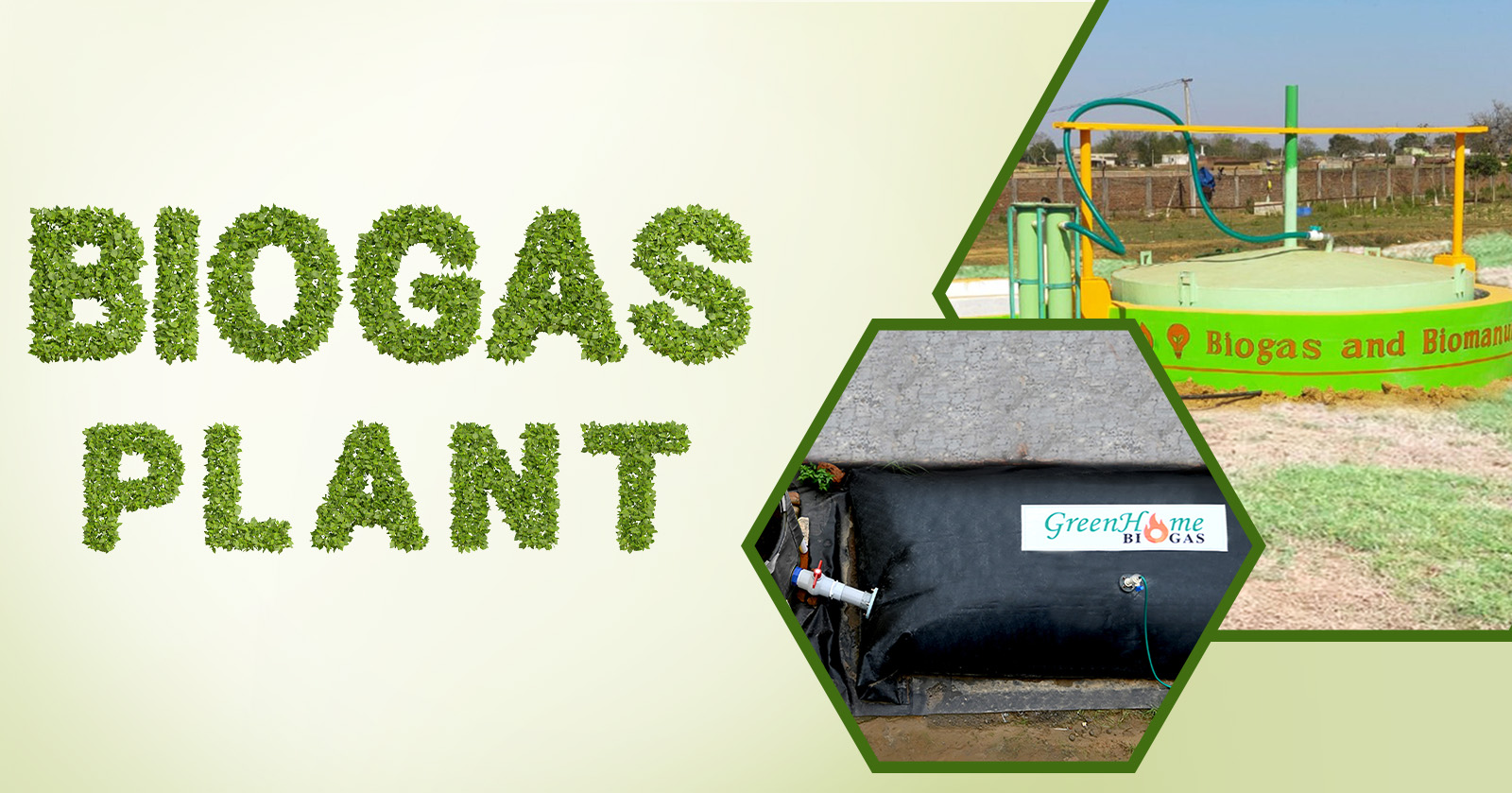What Is a Biogas Plant? A Sustainable Solution for Energy Generation
A biogas plant is an important facility for producing biogas energy. Also called an anaerobic digester, it uses organic waste to generate energy through the anaerobic digestion process. In today’s world, where environmental concerns are growing and there is a need to move away from non-renewable energy, biogas plants play a key role.
Biogas energy is a clean and sustainable source, made up of about 55–65% methane, 30–40% carbon dioxide, and small amounts of other gases. This renewable energy solution can be used for cooking, heating, and even electricity generation, supporting sustainable energy generation while reducing carbon emissions and helping the environment.
History of Biogas Plants
The use of biogas energy goes back to 3,000 BC in the Middle East, where the Assyrians used biogas to heat their baths. In the 17th century, Jan Baptista Van Helmont discovered that flammable gases could come from decaying organic matter. Later, in 1808, Sir Humphry Davy found that methane is released during the anaerobic digestion of cattle manure.
The first official large biodigester was installed in 1859 at a leper colony in Mumbai, India. Later, John Webb, an engineer in Victorian Birmingham, designed the Sewage Lamp, which turned sewage into biogas to light streetlamps.
In the 1960s, India and China began developing small biogas digesters for farmers. By the 1970s, rising fossil fuel costs made industrial anaerobic digestion plants more popular and efficient.
Biogas energy plants were also used to treat municipal wastewater before chemical treatments became common. Today, they remain an affordable and natural solution in many developing countries, providing renewable energy solutions and supporting sustainable energy generation, while also helping improve sanitation and public health.
Biogas Production Process
The biogas production process is quite simple and works similarly to how our stomach digests food. First, organic waste, like kitchen scraps, food waste, animal manure, or farm waste, is fed into the digester through an inlet pipe.
Inside the digester, the waste goes through an anaerobic process. Without oxygen, microbes break down the waste, producing biogas and a semi-liquid byproduct called digestate
The gas is collected in a gas holder and can be released through a delivery system for cooking, heating, or energy. The digestate, rich in nitrogen (N), phosphorus (P), and potassium (K), can be used as a natural fertilizer, offering a great alternative to chemical fertilizers like DAP.
Type of waste that can be used to generate Biogas
Many types of organic waste can be used to make biogas. Common materials include animal manure, food scraps, restaurant fats and oils, wastewater solids, and leftovers from food and beverage production. A digester can use one type of waste or a mix of several. The feedstock needs to be carefully managed to keep the digester working efficiently.
Biogas Plant Usage
A biogas plant offers multiple benefits, including the production of biogas, electricity, bio-CNG, and high-quality organic manure. These plants serve several purposes. Firstly, they produce biogas, which can be used as an alternative to LPG.
With minor adjustments, it can also fuel gensets instead of diesel for electricity generation. Additionally, biogas can be compressed to produce Bio-CNG, a renewable energy source that can replace other carbon-emitting fuels used for cooking, transportation, and power generation.
Beyond producing gases, biogas plants generate a semi-solid slurry called digestate, which is a nutrient-rich organic fertilizer that can be directly used for crops.
Biogas Plant Benefits
Biogas plants are an important part of renewable energy solutions, turning organic waste into clean fuel. Let’s understand the biogas plant benefits.
Renewable Energy Source
Biogas is made from organic materials from plants, animals, and humans, which can be naturally reproduced. This makes it a green energy source and reduces the harmful effects of waste disposal.
Waste Utilization
Instead of letting waste rot in landfills, it can be turned into biogas. This lowers the release of methane, carbon dioxide, and other greenhouse gases. The waste is converted into energy for electricity, heating, cooking, and fertilizers. By investing in renewable energy solutions, we can reduce reliance on fossil fuels and lower carbon emissions.
Supports a Circular Economy
Animal manure, food scraps, wastewater, and crop residues can be harmful if left untreated. By converting them into biogas, they become useful resources—producing energy for electricity, heating, cooking, and natural gas, while the leftover digestate serves as organic fertilizer.
Alternative for Rural Areas and Developing Countries
In areas with limited electricity, biogas provides a practical solution. It is cost-effective, easy to set up, and can be produced on both small and large scales for energy and cooking needs.
Types of Biogas Plant
Although all biogas plants produce biogas from organic materials or biomass, they can come in different sizes and serve different purposes. The main difference between types of biogas plants is their size and how they are used.
- Commercial Biogas Plant (Medium And Large Scale)
- Domestic Biogas Plant
Commercial Biogas Plant
In industries that produce tons of organic waste, a commercial biogas plant can turn this waste into biogas.
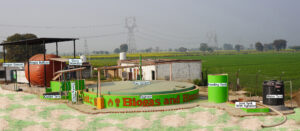
These plants help meet energy needs and reduce electricity costs from the grid. The large amount of biogas produced can also be purified to make Bio-CNG, which can be used as a vehicle fuel.
Large-scale biogas plants can also be set up in poultry farms, gaushalas, pig farms, and other places where lots of animal manure is produced every day.
Domestic Biogas Plants

Domestic Biogas plants or small-scale biodigesters are the plants that are generally installed for a single family or a small community where the amount of organic waste generated is generally low.
These biogas plants can also be installed in gaushalas with 4-5 cows or in a society where these plants can be powered using food waste.
Are You Looking for a Domestic Biogas Plant for Your Home?
At Koshish India, we’ve created the GreenHome biogas plant for homes. It turns your organic waste into clean, sustainable energy, reducing your reliance on traditional fuels. Plus, using GreenHome biogas helps you save money.

Conclusion
In conclusion, a biogas plant is nature’s recycling system. It turns organic waste into useful biogas that can replace non-renewable fuels like LPG and petrol, guiding us toward a sustainable future.
Although India started early with biogas production, we still have a long way to go to become a world leader. To fully benefit from biogas and its positive impact on the environment, we need continuous investment, research, and sustainable practices. By supporting and adopting biogas technology, we can move closer to cleaner, eco-friendly energy for everyone.
Frequently Asked Questions (FAQs)
Question: What is biogas energy?
Answer: Biogas energy is a clean fuel produced by breaking down organic waste like food scraps, animal manure, and crop residues in the absence of oxygen. It can be used for cooking, heating, or electricity.
Question: How does biogas contribute to renewable energy solutions?
Answer: Biogas is a key renewable energy solution because it uses organic waste to produce clean energy, reducing dependence on fossil fuels and lowering carbon emissions.
Question: How does biogas help in sustainable energy generation?
Answer: Biogas helps in sustainable energy generation by providing a reliable and renewable energy source for cooking, heating, and electricity without harming the environment.
Question: What are the benefits of a biogas plant?
Answer: Biogas plants provide multiple benefits; they produce clean energy, reduce waste, create organic fertilizer, save money on electricity or fuel, and help lower greenhouse gas emissions.


